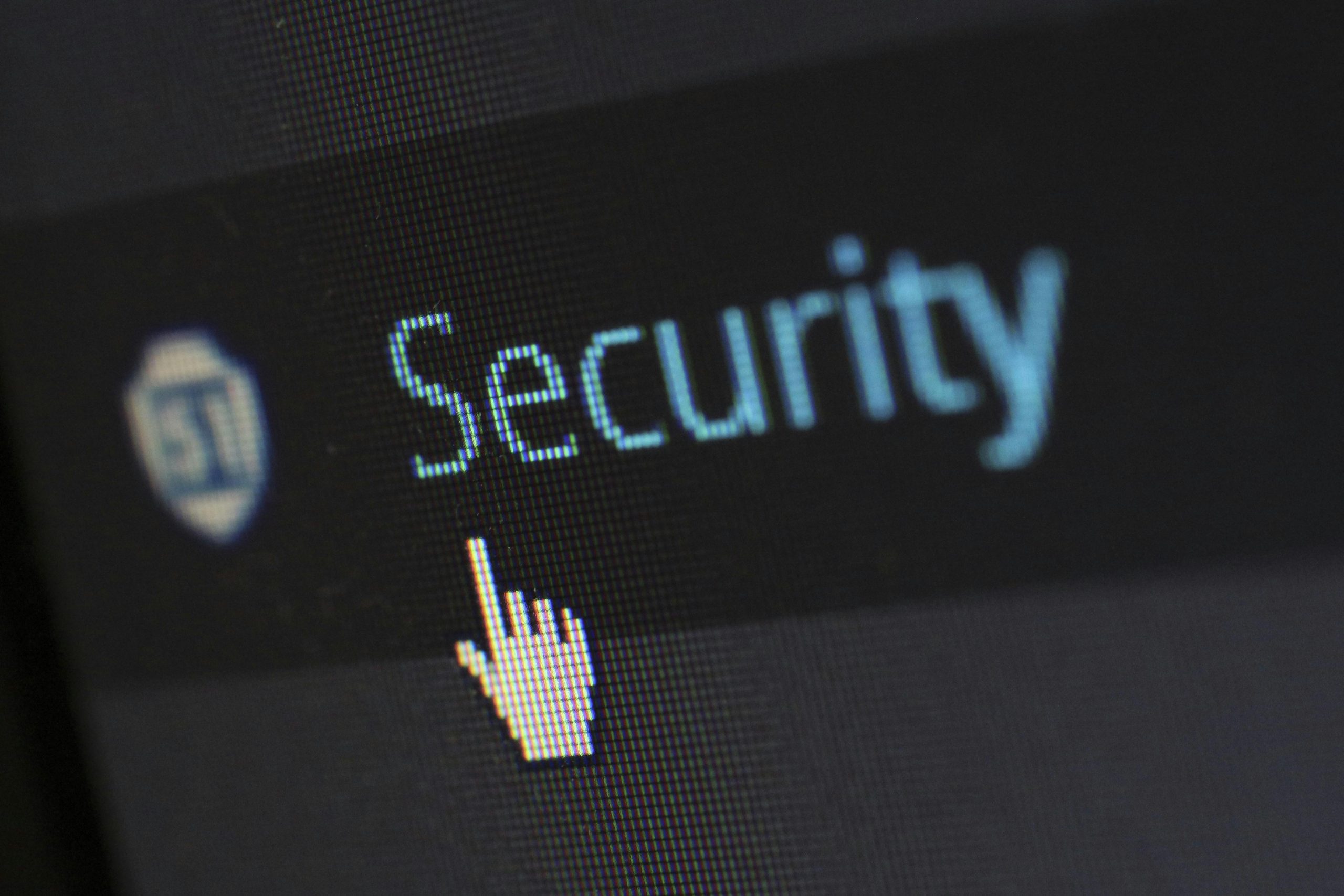Recent Windows Update Fixes Cursor Scaling Issues Across Multiple Displays
In the world of multi-monitor setups, consistency is key — especially when it comes to usability and user experience. However, many Windows 10 users have recently encountered a small but noticeable issue: after a recent system update, the cursor size no longer adjusts according to display scaling settings across multiple screens.
The Issue: Cursor Size Locked to Resolution, Not Scaling
Users with multi-monitor configurations frequently adjust display scaling to optimize readability and workspace efficiency. For example, a user might set their primary monitor (27″ 1440p) to 125% scaling and a secondary monitor (27″ 1080p) at 100%. In such cases, Windows typically maintains proportional sizes for UI elements like the taskbar and cursor to ensure a consistent experience.
However, following a recent Windows update, some users have observed that the cursor’s appearance does not respect these scaling settings uniformly. While the taskbar and other interface elements continue to scale properly, the cursor remains “locked” to the monitor resolution, appearing larger or smaller depending on the display’s native resolution rather than the scaling factor.
The Specifics
- On a 27″ 1080p secondary monitor, the cursor appears slightly larger than expected when scaling at 125% on the primary.
- Adjusting the scaling to 150% causes the cursor to resize accordingly.
- Dropping the scaling back to 100% results in the cursor remaining at that size, despite expectations that it should resize with scaling adjustments.
Troubleshooting and Potential Solutions
This discrepancy can be particularly troubling for users who rely on consistent cursor sizes for visual comfort or accessibility. Although the issue may seem minor, it can impact overall user experience.
Here are some steps and suggestions to address the problem:
- Check System Settings:
- Navigate to Settings > Devices > Mouse > Additional mouse options.
-
Under the Pointers tab, verify if any custom pointers or themes are affecting cursor size.
-
Update Graphics Drivers:
-
Ensure your graphics drivers are up to date, as outdated drivers can interfere with display scaling features.
-
Adjust Display Scaling Settings:
- Try toggling the scaling settings between different percentages to see if the cursor updates accordingly.
-
Sometimes, applying scaling, then signing out and back in can force the cursor to refresh.
-
Use Registry Tweaks or Third-Party Tools:
Share this content:

